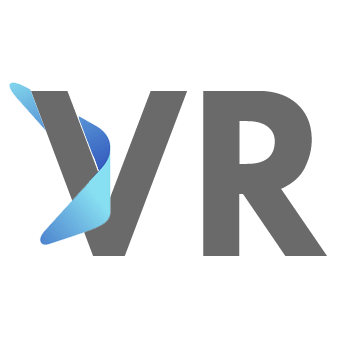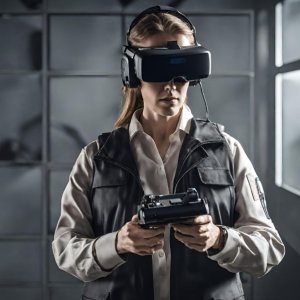Virtual reality (VR) stands at the forefront of revolutionary technology, transporting us to previously unimaginable realms. This groundbreaking innovation blurs the boundary between the real and the digital, offering thrilling experiences for both entertainment and various industries. If you’re captivated by the potential of VR and ready to embark on your journey, this guide will provide valuable insights on how to get started.
Understanding Virtual Reality
Before immersing yourself in the world of VR, it’s crucial to grasp the basics. VR involves crafting a simulated environment for user interaction. This is accomplished through a combination of hardware and software, including headsets, controllers, sensors, and specialized VR content. Whether it’s a solitary experience or a shared adventure depends on the application.
Step 1: Choosing the Right Hardware
The first step in your VR adventure is selecting the ideal hardware. VR headsets come in various forms, catering to diverse preferences and budgets. High-end options like the Oculus Rift and HTC Vive offer top-tier graphics and performance. For a more accessible choice, explore devices like the Oculus Quest, offering wireless freedom and portability.
When making your decision, consider factors such as comfort, display resolution, tracking capabilities, and the content library. Conduct thorough research and comparisons to ensure you choose a headset that aligns with your needs.
Step 2: Exploring VR Content
Once equipped with your VR headset, it’s time to delve into the expansive world of VR content. Whether you’re into gaming, entertainment, education, or professional applications, there’s something for everyone. VR experiences range from thrilling roller coasters to architectural walkthroughs and virtual museum tours.
Platforms like SteamVR, Oculus Store, and PlayStation VR provide a wide array of content. Keep an eye out for VR-exclusive events and experiences that enable you to socialize with other users in virtual spaces.
Step 3: Getting Acquainted with VR Development
For those passionate about creating their VR experiences, immersing yourself in VR development can be immensely rewarding. Developing VR content requires an understanding of programming languages like C# and tools such as Unity or Unreal Engine. These platforms lay the foundation for crafting interactive and immersive experiences.
Numerous online tutorials, courses, and communities are dedicated to VR development. From basic coding to intricate interactions, gradually enhancing your skills will open doors to endless creative possibilities.
Step 4: Joining the Vibrant VR Community
The VR community is an enthusiastic and vibrant one, composed of creators, developers, and enthusiasts. Engaging with this community can be incredibly enriching. Online forums, social media groups, and VR-focused events enable you to connect with like-minded individuals, share experiences, and gather valuable insights.
Collaboration is also a significant facet of the VR community. Joining forces with others can lead to the creation of remarkable projects and innovations.
Step 5: Staying Updated on VR Trends
Virtual reality is a constantly evolving field, with new advancements and trends emerging regularly. To remain relevant and get the most out of your VR journey, it’s essential to keep up with the latest developments. Follow VR news sources, attend conferences, and engage in discussions to stay informed about technological breakthroughs and upcoming releases.
In conclusion
embarking on a virtual reality journey can be exhilarating. By choosing the right hardware, exploring diverse content, delving into VR development, connecting with the community, and staying informed, you’ll be well-prepared to make the most of this transformative technology. So, put on your VR headset and prepare to explore new dimensions of reality!






